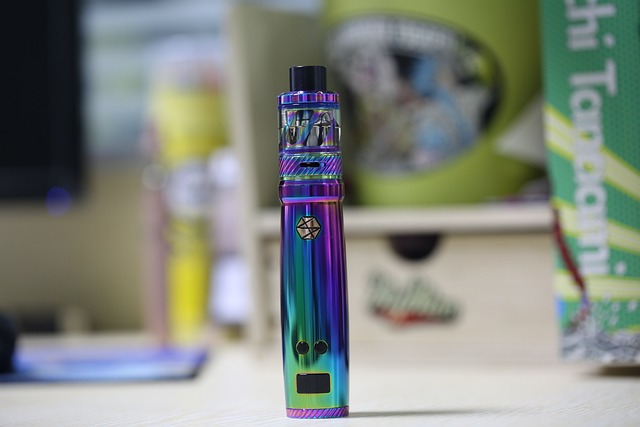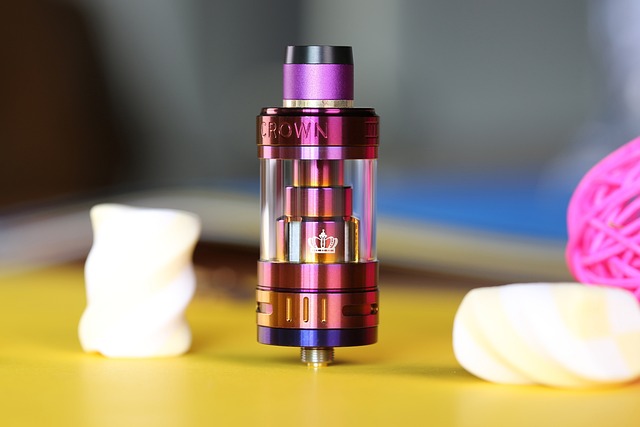1. Introduction to the Bowl Funnel
The Bowl Funnel is a powerful and versatile marketing tool used primarily in digital marketing strategies. It helps businesses visualize their customer journey from awareness to conversion, making it easier to identify areas for optimization. This guide will delve into the intricacies of the Bowl Funnel, breaking down each stage to offer insights on how to effectively leverage this model for your business. Understanding how the Bowl Funnel operates can make a significant difference in your marketing efforts and enable you to drive measurable results.
2. Understanding the Structure of the Bowl Funnel
The Bowl Funnel consists of several key stages, resembling the shape of a bowl where the top is wider, and it narrows down towards the bottom. This structure symbolizes the process of attracting a large audience at the top of the funnel and gradually filtering them down to actual customers at the bottom. The main stages typically include Awareness, Interest, Consideration, Intent, Evaluation, and Purchase. Each of these stages is designed to funnel prospective customers through your marketing actions, making adjustments and advancements as they progress.
3. Stage 1: Awareness
The first stage of the Bowl Funnel is Awareness. At this point, potential customers become aware of your brand or product. This can be achieved through various marketing tactics, including social media advertising, content marketing, search engine optimization (SEO), and public relations. The objective here is to reach as wide an audience as possible. Effective awareness strategies engage potential customers with interesting and relevant content, driving traffic to your website. Tools like Google Analytics can help track your reach and identify which channels are most effective in generating awareness.
4. Stage 2: Interest
Once potential customers are aware of your brand, the next stage is Interest. Here, you need to entice individuals to learn more about your offerings. This can be accomplished through targeted email campaigns, engaging blog posts, webinars, or curated social media content. The focus should be on providing value and information that addresses potential customers’ needs and questions. At this stage, tracking engagement metrics such as time spent on site and click-through rates can provide valuable insights into how effectively you are capturing interest.
5. Stage 3: Consideration
In the Consideration stage, potential customers evaluate their options. At this point, they may compare your product or service against competitors. To influence this evaluation, it’s essential to provide detailed product information, customer testimonials, case studies, and comprehensive FAQs. Engaging content such as product comparison charts or videos can also play a crucial role in helping prospects see the unique value your offering brings. Using marketing automation tools can assist in segmenting your audience, targeting those most likely to move to the next stage.
6. Stage 4: Intent

Intent is the stage where potential customers demonstrate a clear interest in your product or service. This could be indicated by actions such as adding items to a shopping cart or filling out a contact form. At this juncture, it is important to leverage remarketing strategies to keep your brand at the forefront of their mind. Providing incentives like discounts, free trials, or limited-time offers can also help convert interest into action. Tracking intent can be done by analyzing user behavior on your website, particularly interaction with specific product pages or calls to action.
7. Stage 5: Evaluation
During the Evaluation stage, prospects are making final comparisons and seeking reassurance about their decision. This is an opportunity to address any lingering doubts they may have. Offering direct consultations, live demos, and personalized service can help to alleviate concerns and foster trust. Providing social proof, such as reviews and ratings from satisfied customers, is vital during this stage. Open communication channels, such as live chat or prompt responses to inquiries, can also facilitate a seamless transition into the final stage of the funnel.
8. Stage 6: Purchase
The final stage of the Bowl Funnel is Purchase, where the prospect finally converts into a paying customer. This stage can be optimized by ensuring a smooth and hassle-free checkout process. Implementing security measures, offering various payment options, and providing clear information around shipping and return policies can enhance the purchasing experience. After the purchase, it’s important to engage customers through follow-ups, thank-you emails, and loyalty programs, which can foster repeat business and referrals.
9. Measuring Your Bowl Funnel Success
To truly understand the effectiveness of your Bowl Funnel, it is crucial to measure key performance indicators (KPIs) at each stage. Metrics such as conversion rates, abandonment rates, customer lifetime value, and return on investment provide insights into how well each stage is performing. Tools like Google Analytics, CRM systems, and marketing automation platforms can assist in tracking these metrics. Regularly analyzing this data allows you to make informed adjustments to your strategies and continuously improve the funnel’s efficiency.
10. Conclusion and Continuous Improvement
Understanding and effectively utilizing the Bowl Funnel can significantly enhance your marketing strategies and drive sales. By focusing on each stage and continually analyzing performance, businesses can foster better customer relationships and increase conversions. Remember that the customer journey is not always linear; some customers might leap stages or revisit previous ones. Therefore, being adaptable and responsive to customer behavior will allow your business to thrive in a competitive digital landscape.
11. Why is the Bowl Funnel important for businesses?
The Bowl Funnel is important for businesses because it provides a structured framework for understanding the customer journey. It helps identify where marketing efforts can be optimized and enables businesses to engage effectively with potential customers at every stage of their decision-making process. By mapping out this journey, businesses can tailor their strategies to meet customer needs, ultimately driving better customer engagement and higher conversion rates.
12. How can businesses implement changes based on Bowl Funnel analysis?
Businesses can implement changes based on Bowl Funnel analysis by regularly evaluating their KPIs and identifying pain points where potential customers drop off. For example, if a significant number of users abandon their carts at the Intent stage, businesses might consider simplifying their checkout process or offering additional incentives. A/B testing different strategies can also provide insights into what resonates most with customers, enabling continuous optimization of the funnel.
13. Can the Bowl Funnel be adapted for different industries?
Yes, the Bowl Funnel can be adapted for different industries. While the general stages remain the same, the tactics employed at each stage may vary based on the specific products, services, and customer behaviors pertinent to that industry. For example, B2B companies might place a greater emphasis on relationship-building and consultations, whereas B2C companies might focus more on promotions and time-sensitive offers. Adapting the Bowl Funnel to fit industry specifics allows for more effective marketing strategies.





